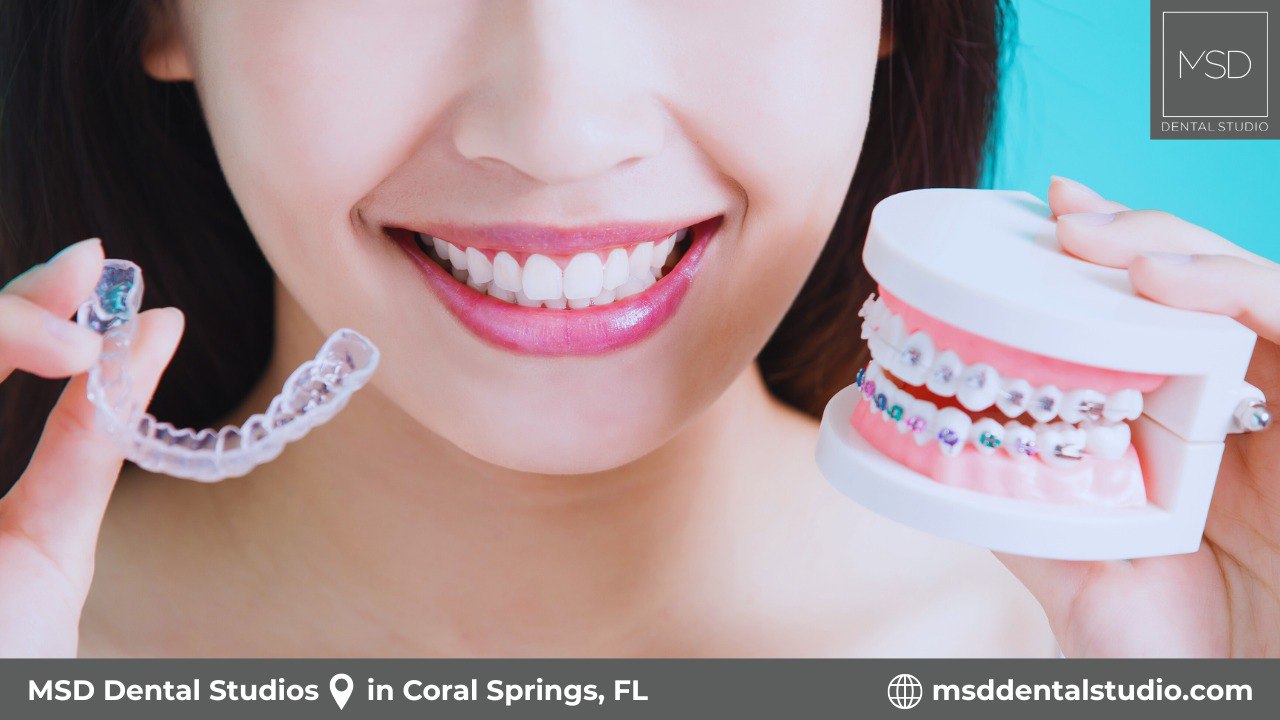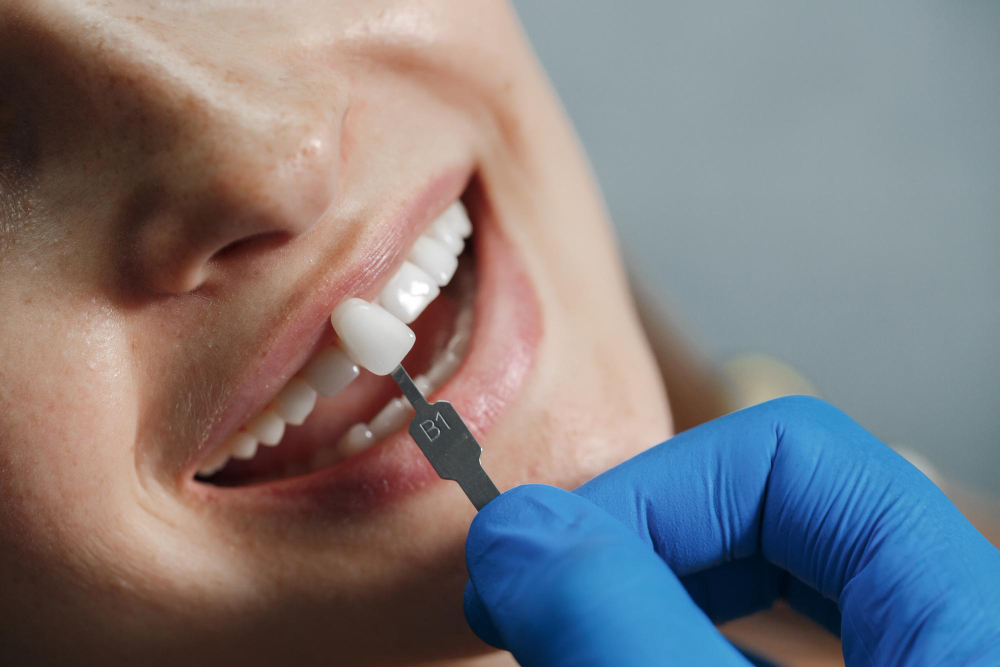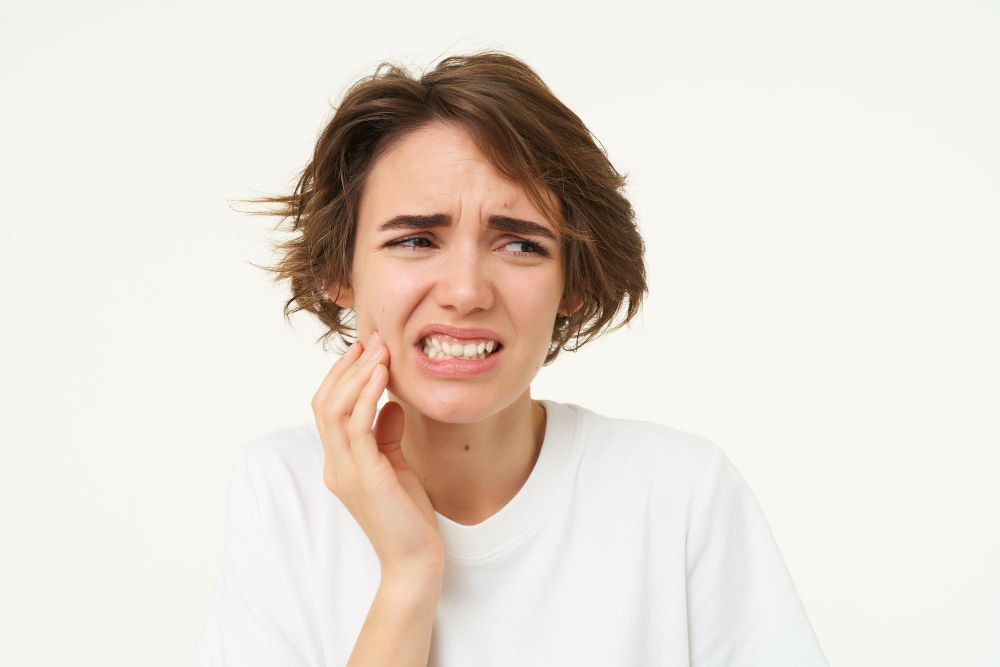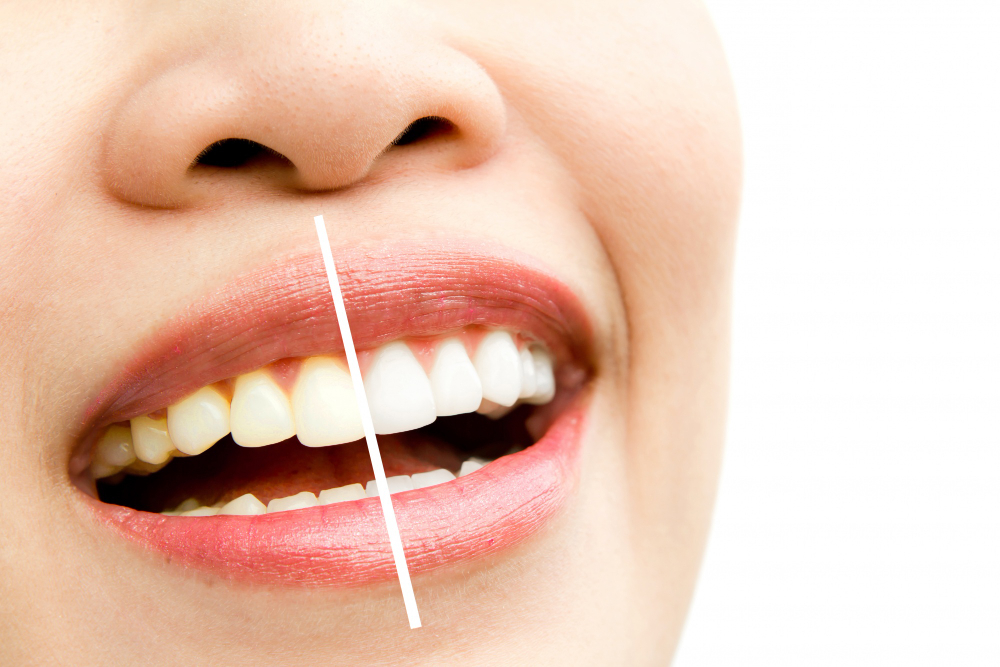One of the most common questions people ask before starting Invisalign treatment is whether they can eat normally with their clear aligners. The short answer is no, you should always remove your Invisalign trays before eating or drinking anything other than water. However, this simple rule comes with important nuances, practical tips, and strategies that can make your treatment experience much smoother and more enjoyable.
Understanding the dos and don’ts of eating with Invisalign is crucial not just for protecting your aligners, but also for ensuring your treatment stays on track and your oral health remains optimal throughout the process.
The Golden Rule: Remove Before Eating
The fundamental rule of Invisalign treatment is straightforward: take out your aligners before consuming any food or beverage except plain water. This non-negotiable guideline protects both your aligners and your teeth from potential damage and complications.
Unlike traditional braces, which are permanently fixed to your teeth, Invisalign’s removability is one of its greatest advantages. This means you won’t face the dietary restrictions that come with metal brackets and wires. You can enjoy crunchy apples, sticky caramel, chewy bagels, and hard nuts without worrying about breaking a bracket or getting food stuck in your braces.
The removable nature of Invisalign gives you complete freedom in your food choices. There’s no list of forbidden foods, no anxiety about damaging your orthodontic appliance while eating, and no embarrassment about food particles visible in your smile. This dietary freedom is one of the primary reasons many adults and teens choose Invisalign over traditional braces.
Why You Can’t Eat with Aligners In
Several important reasons explain why eating with your aligners in place is strongly discouraged. First and foremost is the risk of physical damage to the aligners themselves. Invisalign trays are made from a durable thermoplastic material called SmartTrack, but they’re not designed to withstand the forces of chewing. Biting down on food while wearing aligners can cause them to crack, warp, or break entirely.
Damaged aligners mean interrupted treatment. If you crack an aligner, you’ll need to contact your orthodontist for a replacement, which can take days or even weeks to arrive. During this time, your teeth may shift back toward their original positions, potentially requiring additional treatment time or extra aligners to get back on track.
Staining is another significant concern. Clear aligners can become discolored when exposed to pigmented foods and beverages. Foods with strong colors—like berries, curry, tomato sauce, and beets—can leave permanent stains on the plastic. Even a single meal eaten with aligners in can cause noticeable discoloration that makes your “invisible” aligners quite visible.
Food particles trapped between your teeth and aligners create the perfect environment for bacteria to thrive. When you eat with aligners in, food debris gets pressed against your teeth and held there by the aligner, unable to be naturally washed away by saliva. This prolonged exposure to food particles and sugars dramatically increases your risk of cavities, tooth decay, and gum disease.
The pressure distribution during chewing also becomes problematic with aligners in place. Invisalign is designed to apply specific, controlled pressure to move your teeth gradually. When you bite down on food while wearing aligners, you create uneven pressure that can interfere with your treatment plan and potentially cause damage to your teeth or aligners.
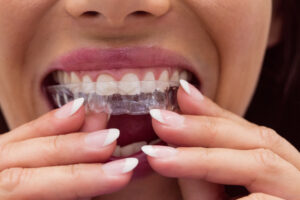
The Proper Eating Routine with Invisalign
Developing a consistent routine for meals and snacks will make your Invisalign experience much easier. Before eating anything, remove your aligners carefully. Use your fingernails to gently pull down on the aligner from the inside of your back molars, then work your way forward. Never use excessive force or sharp objects that could damage the aligners or injure your gums.
Once removed, store your aligners properly in their protective case. Never wrap them in a napkin or tissue, this is the most common way aligners get accidentally thrown away. Don’t leave them exposed on a table or counter where they can be damaged, contaminated, or lost. The protective case should go everywhere with you.
Enjoy your meal completely normally without any dietary restrictions. This is your opportunity to eat whatever you want without worrying about damaging orthodontic hardware. Take your time and chew thoroughly, knowing you have the freedom that traditional braces patients don’t enjoy.
After eating, brush your teeth before putting your aligners back in. This step is crucial for maintaining oral hygiene and preventing cavities during treatment. If you’re somewhere without access to a toothbrush, at minimum rinse your mouth thoroughly with water and try to remove any visible food particles. Some patients carry a travel toothbrush kit for this purpose.
Clean your aligners as well before reinserting them. A quick rinse with cool water is usually sufficient between meals. Avoid hot water, which can warp the plastic. Once or twice daily, you should clean them more thoroughly with a soft toothbrush and clear, antibacterial soap or specialized aligner cleaning products.
What About Drinking with Invisalign?
The rules for drinking are slightly more nuanced than for eating. Plain, cool water is the only beverage you can safely consume while wearing your aligners. Water won’t stain your trays, damage the plastic, or promote bacterial growth, making it perfectly safe to drink throughout the day.
All other beverages require removing your aligners first. Hot drinks like coffee, tea, and hot chocolate can warp the thermoplastic material, potentially ruining the precise fit that makes Invisalign effective. Even if the temperature doesn’t cause immediate visible damage, repeated exposure to heat can gradually degrade the plastic’s integrity.
Sugary drinks pose a serious threat to your dental health when consumed with aligners in. Soda, juice, sweetened coffee drinks, and energy drinks all contain sugars that get trapped
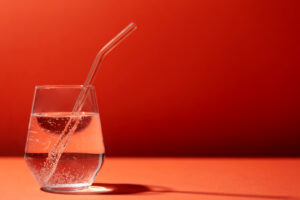
between your teeth and aligners, creating an acid bath that attacks your enamel for hours. This dramatically increases your cavity risk.
Acidic beverages like citrus juices, wine, and carbonated drinks can also damage tooth enamel, especially when trapped against teeth by aligners. The acid softens enamel, making it more vulnerable to decay and erosion.
Even clear beverages that seem harmless can cause problems. Sparkling water might seem safe, but its acidity can still harm enamel over time. Alcohol can dry out your mouth and reduce saliva production, which normally helps protect teeth from bacteria.
Coffee, tea, red wine, and dark sodas will stain your aligners if you drink them while wearing your trays. These stains are often permanent and make your clear aligners noticeably yellow or brown, defeating their aesthetic purpose.
Managing the 22-Hour Wear Requirement
Invisalign requires wearing your aligners for 20 to 22 hours per day to be effective. This leaves only two to four hours for eating, drinking non-water beverages, and oral hygiene. Managing this timeframe strategically is essential for treatment success.
Plan your meals and snacks intentionally. Rather than grazing throughout the day, which would require constantly removing and reinserting your aligners, try to consolidate your eating into specific meal times. Three main meals give you ample time to eat, clean your teeth, and still meet your wear-time requirements.
If you’re a frequent snacker, Invisalign may require some lifestyle adjustments. Consider whether you’re truly hungry or just habitually eating. Many patients find that Invisalign actually helps them develop healthier eating patterns by making mindless snacking less convenient.
Time your aligner removal strategically. If you know you’ll be having a business lunch that might last 90 minutes, save some of your “aligner-out” time for this occasion. Conversely, quick meals at home can be completed in 20 to 30 minutes, leaving more flexibility for later.
Use a timer or phone reminder to track how long your aligners have been out. It’s surprisingly easy to get distracted after a meal and forget to put them back in. Setting a 30-minute timer after removing them ensures you don’t accidentally extend your wear-time break too long.
Practical Tips for Eating Out
Dining at restaurants or attending social events presents unique challenges for Invisalign wearers. Always carry your aligner case with you, keep one in your purse, car, and work bag so you’re never without it. This prevents the temptation to wrap aligners in napkins or store them unsafely.
Excuse yourself to the restroom before your meal arrives to discreetly remove your aligners. This is more dignified than removing them at the table and gives you a private moment to store them properly in their case.
If brushing after a restaurant meal isn’t feasible, at minimum drink plenty of water and swish it around your mouth to remove food particles. Some people carry disposable toothbrushes, floss picks, or sugar-free gum for these situations. While gum isn’t ideal, sugar-free varieties can help stimulate saliva production and remove some debris if brushing is truly impossible.
For special occasions like weddings or important dinners where you might want maximum flexibility, discuss with your orthodontist whether occasionally extending your aligner-out time by 30 to 60 minutes will significantly impact your treatment. One evening of slightly reduced wear time is unlikely to derail months of progress, though this shouldn’t become a regular habit.
Common Mistakes to Avoid
Many Invisalign patients make the mistake of thinking “just this once” won’t matter. Eating with aligners in “just this once” can crack them on the first try. The risk isn’t cumulative, it only takes one hard bite to cause irreparable damage.
Drinking anything other than water with aligners in might seem harmless if you’re careful, but even sipping causes problems. The liquid gets trapped between the aligner and your teeth, bathing them in whatever you’re drinking. Your morning coffee ritual might need adjustment, but protecting your dental health is worth the minor inconvenience.
Forgetting to brush before reinserting aligners is a common mistake with serious consequences. Food particles and bacteria trapped under aligners for hours create the perfect environment for cavities to develop. Your teeth are more vulnerable during Invisalign treatment because saliva can’t reach them to wash away debris and neutralize acids.
Not cleaning aligners properly leads to bacterial buildup, bad breath, and discolored trays. Many patients make the mistake of using toothpaste to clean aligners, but most toothpastes are abrasive and can scratch the plastic, making it cloudy and more prone to staining.
Food and Drinks That Are Invisalign-Friendly
With your aligners removed, you can eat absolutely anything. However, some foods and beverages are more “Invisalign-friendly” in the sense that they’re easier to manage during treatment.
Foods that are less likely to get stuck in your teeth require less intensive cleaning before reinserting aligners. Smooth foods like yogurt, mashed potatoes, scrambled eggs, and well-cooked pasta are easier to clean off teeth compared to stringy meats, leafy greens, or foods with small seeds.
Foods that don’t heavily stain teeth and won’t linger in your mouth are ideal. While you can eat curry, berries, and tomato sauce with aligners removed, be aware that these might temporarily stain your teeth, which could be visible through your clear aligners. Thorough brushing usually resolves this issue.
Nutritious foods that support oral health are always good choices. Crunchy vegetables like carrots and celery actually help clean teeth naturally. Dairy products provide calcium for strong teeth. Lean proteins, whole grains, and fruits support overall health, which includes oral health.
Special Situations and Considerations
Travel with Invisalign requires extra planning. Pack multiple aligner cases, portable toothbrush kits, and cleaning supplies. Keep a backup set of aligners (your previous set) in case you lose or damage your current ones while away from your orthodontist.
Athletes and active individuals need to consider timing their workouts and meals carefully. You can exercise with aligners in, and actually should keep them in during sports to protect your teeth and maintain wear time. Plan to eat substantial meals before or after workouts rather than snacking throughout.
People who work in food service, do frequent business meals, or have jobs that involve constant client interaction may need to develop specific strategies. Discuss your lifestyle demands with your orthodontist to develop realistic expectations and solutions.
The Bottom Line
While you cannot eat with Invisalign aligners in your mouth, this restriction is actually one of the treatment’s greatest advantages. The ability to remove your aligners means complete dietary freedom, something traditional braces patients don’t enjoy. You can eat whatever you want, whenever you want, as long as you remove your aligners first.
Success with Invisalign eating rules comes down to developing consistent habits: remove before eating or drinking anything but water, store aligners safely in their case, brush before reinserting, and maintain the 20 to 22-hour daily wear requirement. These practices quickly become second nature.
The temporary inconvenience of removing aligners before meals is a small price to pay for the life-changing results of a straight, beautiful smile. By following these guidelines and developing good routines, you’ll protect your investment, maintain your oral health, and achieve the smile transformation you’re seeking, all while enjoying every food you love.

